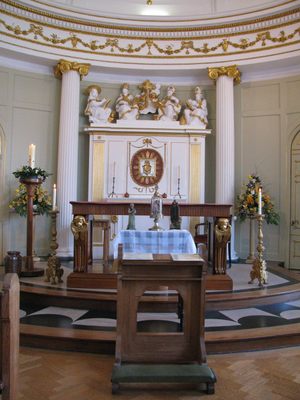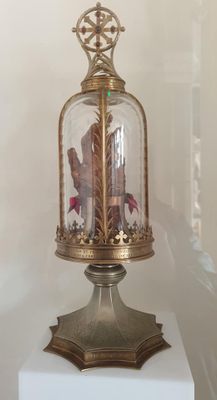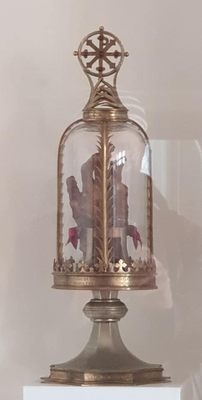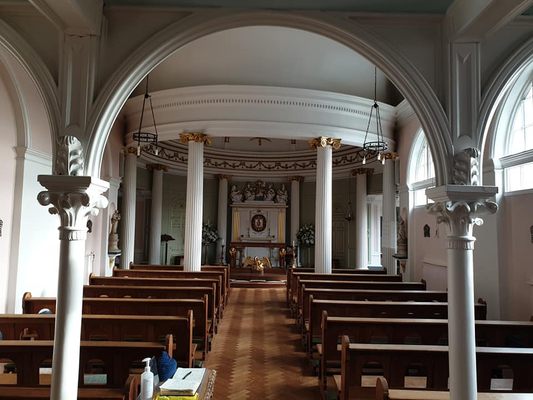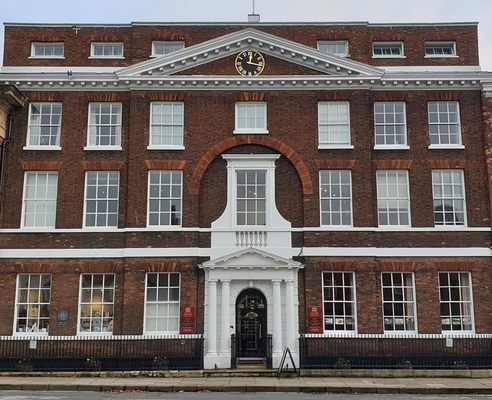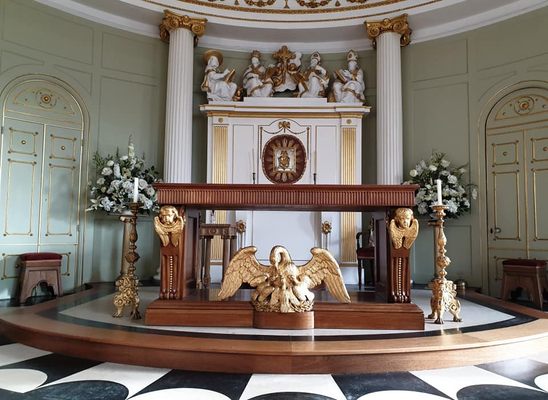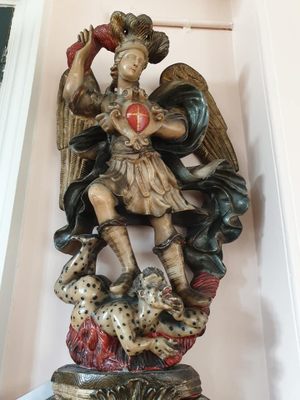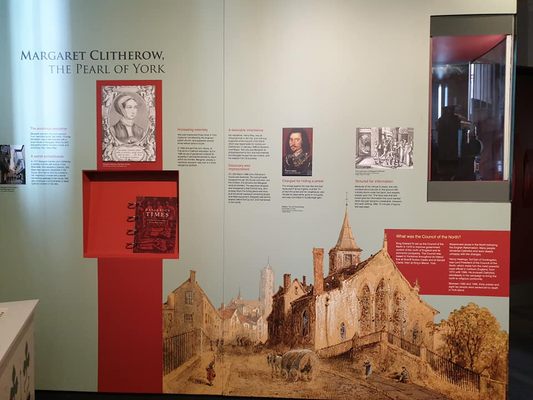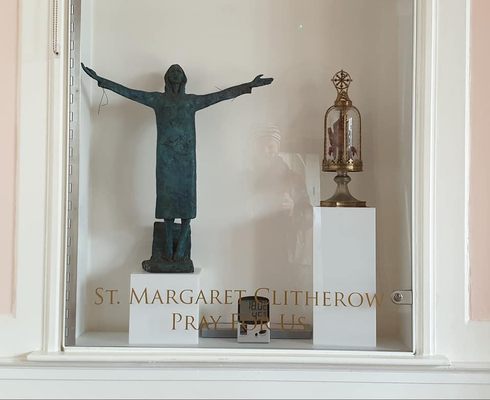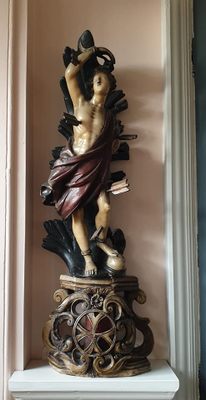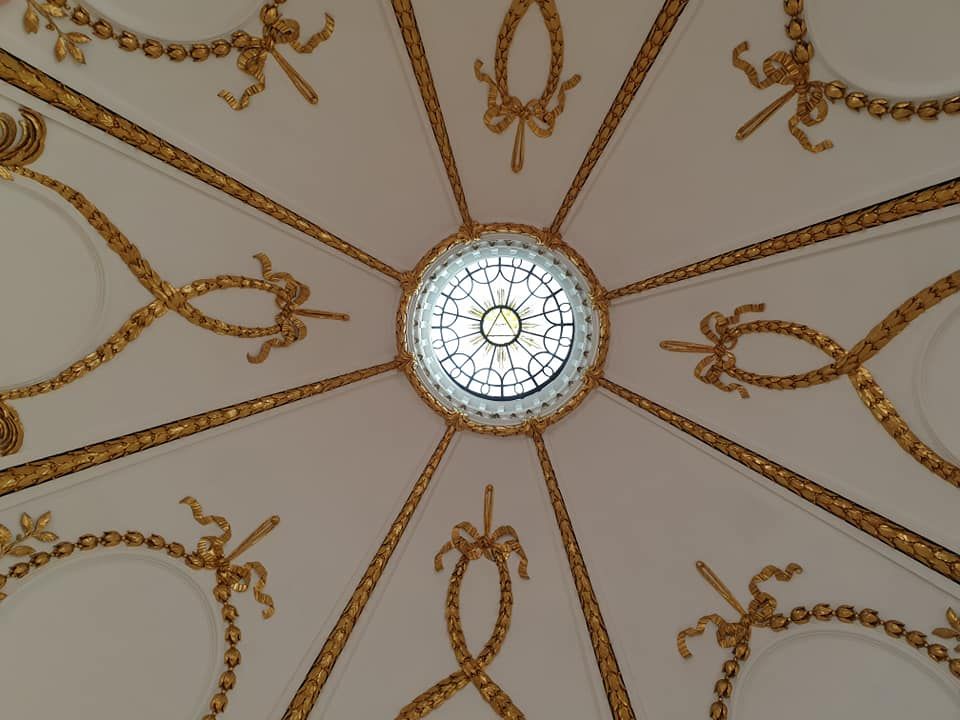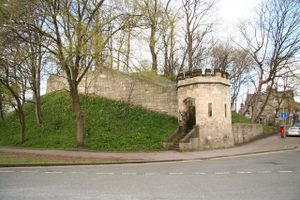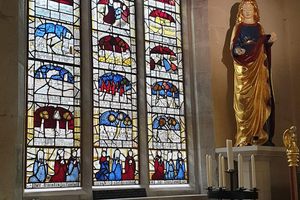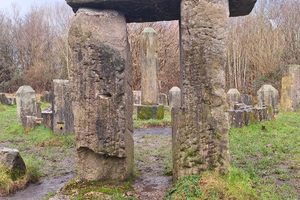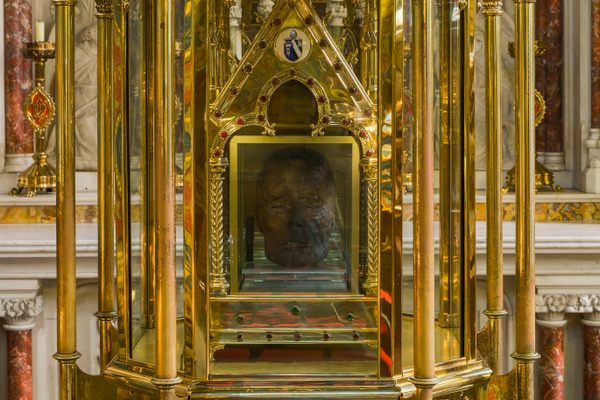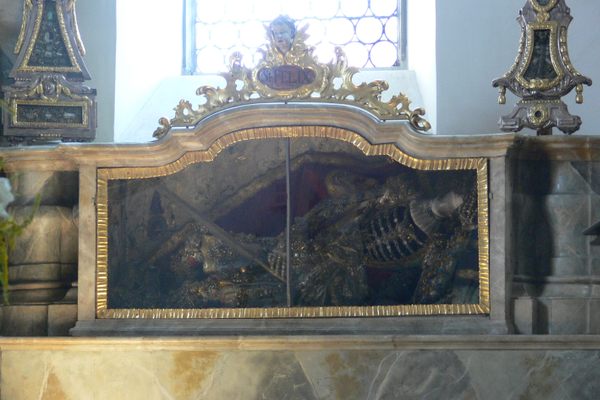About
A modern-day visitor to the walled city of York, in the northeastern part of the United Kingdom, may find it difficult to comprehend how violent and ruthless it once was. A prime example would be to investigate the life and death of one particular citizen Margaret Clitherow (1556 - 1586). Paying a visit to the Bar Convent, located across the street from the Micklegate Bar, allows one to discover how "the Pearl of York" became a martyr and eventually canonized a saint.
Though Margaret was living during the European Renaissance, she, (and the world around her) experienced religious persecution. Queen Elizabeth I was on the throne and Protestantism was the dominant religion. A recent convert to Catholicism, Margaret was fined and jailed for not attending Anglican services on several occasions. It would be her harboring and concealing of priests in her home that would be her undoing.
One night, in March 1586, a monk was discovered hidden in her home in the Shambles. Margaret was hauled off to Guildhall to stand trial and await punishment. She was ordered to confess for her crimes, but Margaret refused to acknowledge any wrongdoing, saying; “I know of no offense whereof I should confess myself guilty. Having made no offense, I need no trial.” She was found culpable and ordered to face execution even though she was pregnant. Her sentence was to be pressed to death within the confines of the toll booth at Ouse Bridge.
The front door of Margaret's house was placed atop of her and stones were added on, some 700 to 800 pounds, until finally she was crushed to death. Even though she expired almost immediately, she was left there for several hours. Her final resting place remains somewhat of a mystery, but the remains of one of her hands can be found in the chapel of the Bar Convent. Margaret was beatified in 1929 by Pope Pius XI and canonized in 1970 by Pope Paul VI.
Related Tags
Know Before You Go
There is an entrance fee and operating hours are Monday through Saturday from 10 a.m. - 5 p.m. (closed Sunday and Bank Holidays), with the last entry at 4 p.m.
The first floor is a gallery that gives a history of nunnery and the second floor is an operational chapel. The relics are located towards the front of the chapel, on the left-hand side of the altar.
Community Contributors
Added By
Published
February 9, 2023
